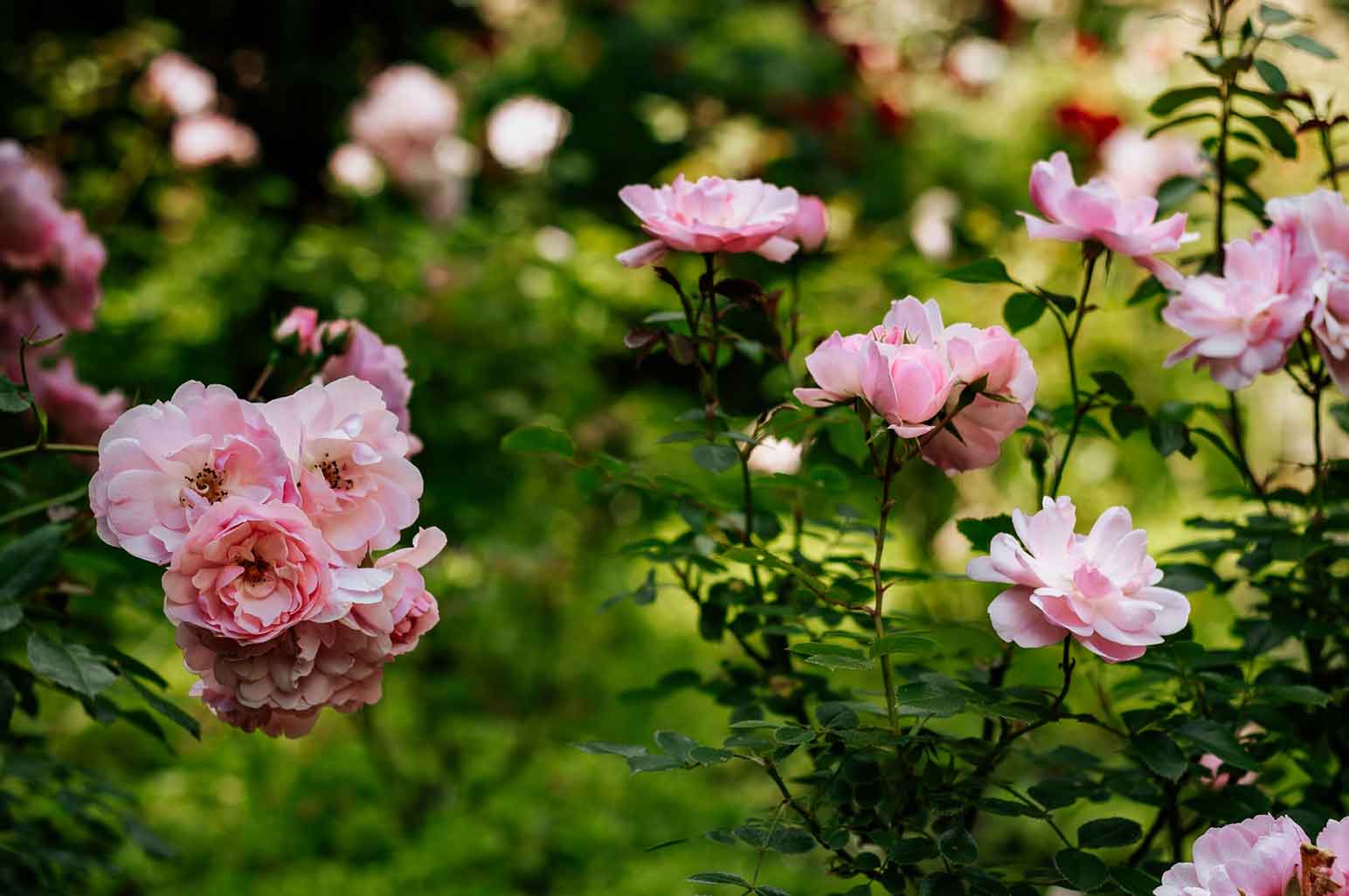Learn how to keep your garden looking trim and tidy with these easy tips – perfect for busy gardeners!

All gardens require some serious pruning and trimming work before they can look as gorgeous as the ones we see in pictures. If you ask any gardener, they’d probably tell you that proper techniques of pruning and trimming are keys to making their garden look its best every season. Although doing so could be a challenging chore, it won’t seem as hard once you familiarize yourself with the right steps. To get started with this, here are some easy tips you can follow.
KNOW WHEN TO TRIM
Although it’s best that you avoid trimming and pruning when it’s not necessary, luckily, over trimming won’t harm your plants. With that said, it’s true that off-cycle pruning can result in fewer flowers or fruit, but that doesn’t mean that the plant itself will be harmed in any way. Avoid pruning any plants in seasons where they grow. Instead, opt for pruning plants (especially berry plants and fruit trees) when they are dormant, as not doing so can result in directing suckers away from fruiting branches. Perennial plants also need to be cut entirely before or after the growing season, so make sure that you’re regularly pruning them throughout the seasons.
CHOOSE THE RIGHT EQUIPMENT
To keep your garden in tip-top shape, you must have the right equipment. Make sure to make a list of these items before starting: gardening gloves, loppers, shears, handsaw, protective clothing, and pruners. To complement your efforts, be sure to have your landowner on the ready. If your mower needs maintenance, you’ll probably need to clean the undersurface. It’s advised to browse a manufacturer’s collection of lawn mower jacks in order to find one that can carry your machine and enable you to get rid of all the grass buildup or change the blades. Furthermore, if you’re using older equipment, make sure that they’re well maintained, rust-free, and functional to get the cleanest cuts when pruning your garden.
TREES
The first step you should take when pruning a tree is to inspect it in the late winter or early spring to decide where it needs a good trim. Mostly, branches that grow over two feet are unlikely to bear fruit, so make sure to remember that. Be careful not to remove any healthy branches, unless you have a growing pattern or a shape you prefer. In that case, you can mark the branches you need to be pruned with strings to avoid mistakes. Finally, remove the unwanted branches with a handsaw or loppers. Make sure to observe the whole tree from afar after removing a couple of branches to ensure that you’re removing as much as you want. You can also make heading cuts around the tree to shape it.
SHRUBS
Generally speaking, flowering plants can be pruned any time of the year, but it is best to prune right after your shrubs and vines yield flowers. Like trees, you’ll have to remove unwanted branches as well as suckers at the base of the plant, as these are unlikely to yield any blooms at any time of the year. When it comes to shaping shrubs, you can use shears to make heading cuts, which will help you shape the plants however you want. Be sure to step back and give the plants a once-over to ensure that you’re shaping the plants correctly.
HEDGES
Using trimmers or hedge trimmers, make sure to keep the top of the hedge smaller than the bottom in order not to keep the lower branches protected in the shade. You can trim the hedges 6 weeks before the snow falls, but if you don’t have enough time, don’t trim too much. Note that some shrubs (perennials) can be trimmed into hedges; however, flowering shrubs won’t have as many flowers when you trim them into a hedge. Evergreen shrubs are the best type to turn into a hedge, so bear that in mind when you’re shopping for seeds.
ROSE BUSHES
Naturally, the best time for pruning rose bushes is early in spring. Around that time, you’ll likely find dead or damaged branches, which you can easily spot due to their different color and dry nature when compared to the whole cane. Don’t trim the whole branch if there is healthy growth below it and opt instead to trim just above the healthy bud. As for side roses, make sure to trim tiny side branches that won’t be able to grow a thick stem on their own. To keep the bush in a manageable size, you have to trim all the small suckers at the base, which will help channel nourishment only to the main stems.

Perfect pruning and trimming is something you learn as you grow your gardening experience, so you must keep at it, watch video tutorials, and carefully inspect your garden before getting your shears anywhere near the plants. Gardening knowledge can differ depending on where you live, so if you’re having any problems with garden maintenance, make sure to consult a local gardener to learn more effective pruning and trimming techniques.
